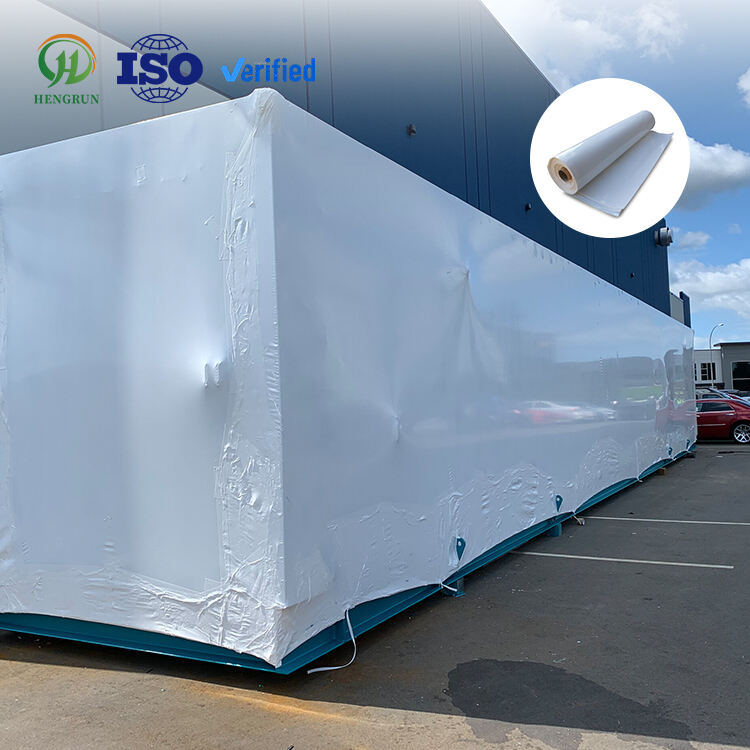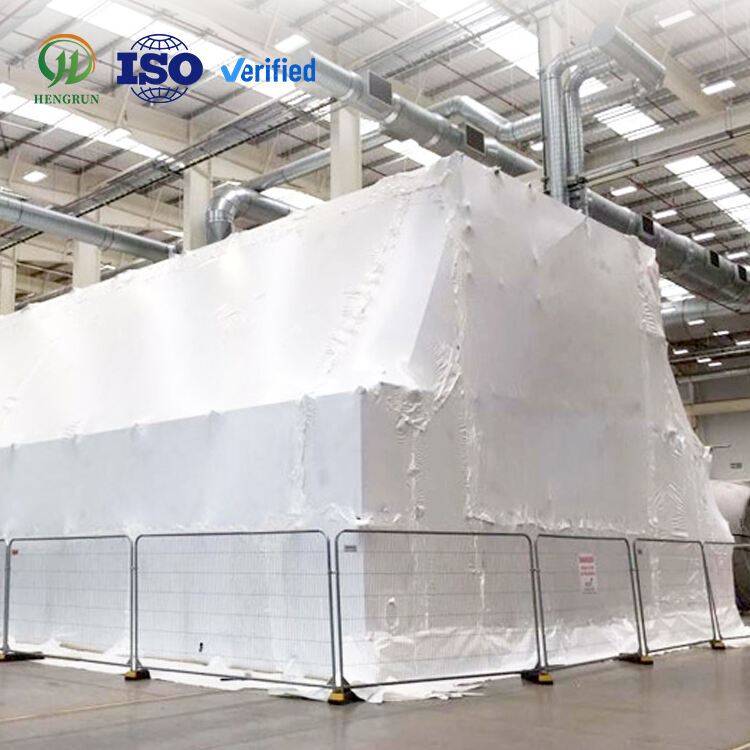The Complete Guide to Shrink Film Label Production and Pricing
The landscape of product packaging has evolved significantly, with printed shrink film labels emerging as a versatile and cost-effective solution for brands across various industries. These labels offer exceptional print quality, durability, and the ability to conform to virtually any container shape, making them an increasingly popular choice for manufacturers and brand owners. In this comprehensive guide, we'll explore everything you need to know about ordering printed shrink film labels, from minimum order quantities to pricing structures and production timelines.
Understanding Shrink Film Label Specifications
Material Options and Performance Characteristics
Printed shrink film labels are available in several material options, each offering unique benefits. PVC (Polyvinyl Chloride) remains the most common choice, providing excellent shrink characteristics and cost-effectiveness. PETG (Polyethylene Terephthalate Glycol) offers superior clarity and environmental benefits, while OPS (Oriented Polystyrene) provides good printability and moderate shrink rates. The selection of material significantly impacts both performance and cost considerations.
The shrink ratio, typically ranging from 40% to 70%, determines how well the label conforms to container contours. Higher shrink ratios allow for more dramatic container shapes but may require more sophisticated printing and application processes. Understanding these specifications is crucial for accurate cost estimation and production planning.
Print Quality and Decoration Options
Modern printing technologies enable remarkable decoration possibilities for printed shrink film labels. High-definition flexographic printing offers excellent color reproduction and fine detail, while digital printing provides flexibility for shorter runs and variable data printing. Enhanced options include metallic effects, soft-touch finishes, and specialty coatings that can significantly impact the final cost per thousand units.
Minimum Order Quantities and Production Planning
Establishing Realistic MOQs
Minimum order quantities for printed shrink film labels typically start at 5,000 to 10,000 pieces, depending on the manufacturer and printing method chosen. Digital printing enables lower MOQs, often starting at 1,000 pieces, though unit costs may be higher. Traditional flexographic printing requires higher minimums due to plate costs and setup requirements but becomes more cost-effective at larger volumes.
Understanding these MOQ thresholds helps in planning inventory levels and budgeting effectively. Many manufacturers offer tiered pricing structures that reward larger order quantities with reduced per-unit costs.
Lead Time Considerations
Standard lead times for printed shrink film labels range from 2-4 weeks after artwork approval. Several factors can impact these timelines, including material availability, print schedule complexity, and finishing requirements. Rush orders may be possible with a premium surcharge, typically reducing lead times to 5-10 business days.

Cost Analysis and Pricing Structures
Base Price Components
The cost per thousand sleeves varies significantly based on multiple factors. Basic printed shrink film labels typically range from $30 to $80 per thousand units for standard sizes and specifications. This base price includes material costs, printing charges, and basic finishing operations. Additional features such as high-end finishes or special effects can increase costs by 20-50%.
Setup charges, including plate making for flexographic printing or digital file preparation, represent a one-time cost that affects the total project investment. These costs typically range from $300 to $1,500, depending on complexity and number of colors.
Volume-Based Pricing
Economies of scale play a crucial role in determining final costs. Orders exceeding 100,000 units often see price reductions of 20-30% compared to minimum quantity orders. Large volume productions benefit from improved material utilization and reduced setup time per unit, translating to lower costs per thousand sleeves.
Quality Control and Production Specifications
Print Registration and Color Management
Maintaining consistent quality across large production runs requires sophisticated quality control measures. Modern printing facilities employ advanced color management systems and automated inspection equipment to ensure color accuracy and registration precision. These quality control processes contribute to the overall cost but are essential for maintaining brand consistency and product appearance.
Material Testing and Performance Validation
Before full production runs, shrink film labels undergo rigorous testing to verify performance characteristics. This includes shrink testing, adhesion verification, and environmental resistance evaluation. Understanding these quality control measures helps explain lead time requirements and cost components.
Future Trends and Innovations
Sustainable Materials and Processing
The industry is rapidly moving toward more sustainable options, with biodegradable and recyclable shrink film materials gaining prominence. These eco-friendly alternatives may command premium prices initially but are becoming more cost-competitive as production scales increase and technology advances.
Digital Integration and Smart Packaging
Integration of smart packaging features, such as QR codes and NFC tags, is becoming more common in printed shrink film labels. These additions can impact both unit costs and minimum order quantities but offer enhanced marketing and tracking capabilities for brands.
Frequently Asked Questions
How do seasonal volume fluctuations affect pricing and lead times?
Seasonal demand can significantly impact both pricing and production schedules. Many manufacturers offer early booking discounts for planned seasonal requirements, while rush orders during peak seasons may incur premium charges and extended lead times.
What are the main factors affecting shrink film label durability?
Label durability depends on several factors including material selection, environmental conditions, and application method. Premium materials and protective coatings can enhance durability but may increase costs by 15-25% per thousand units.
How can brands optimize their shrink film label specifications for cost efficiency?
Cost optimization strategies include standardizing label sizes across product lines, minimizing color complexity, planning for optimal order quantities, and considering material alternatives that balance performance with cost-effectiveness.

